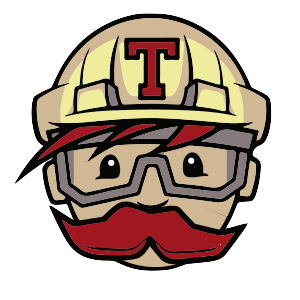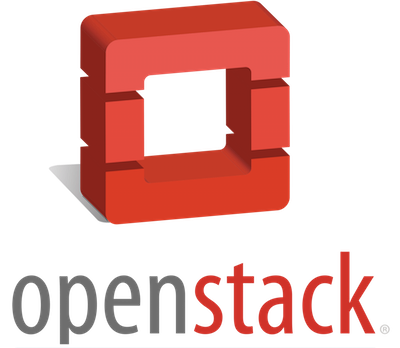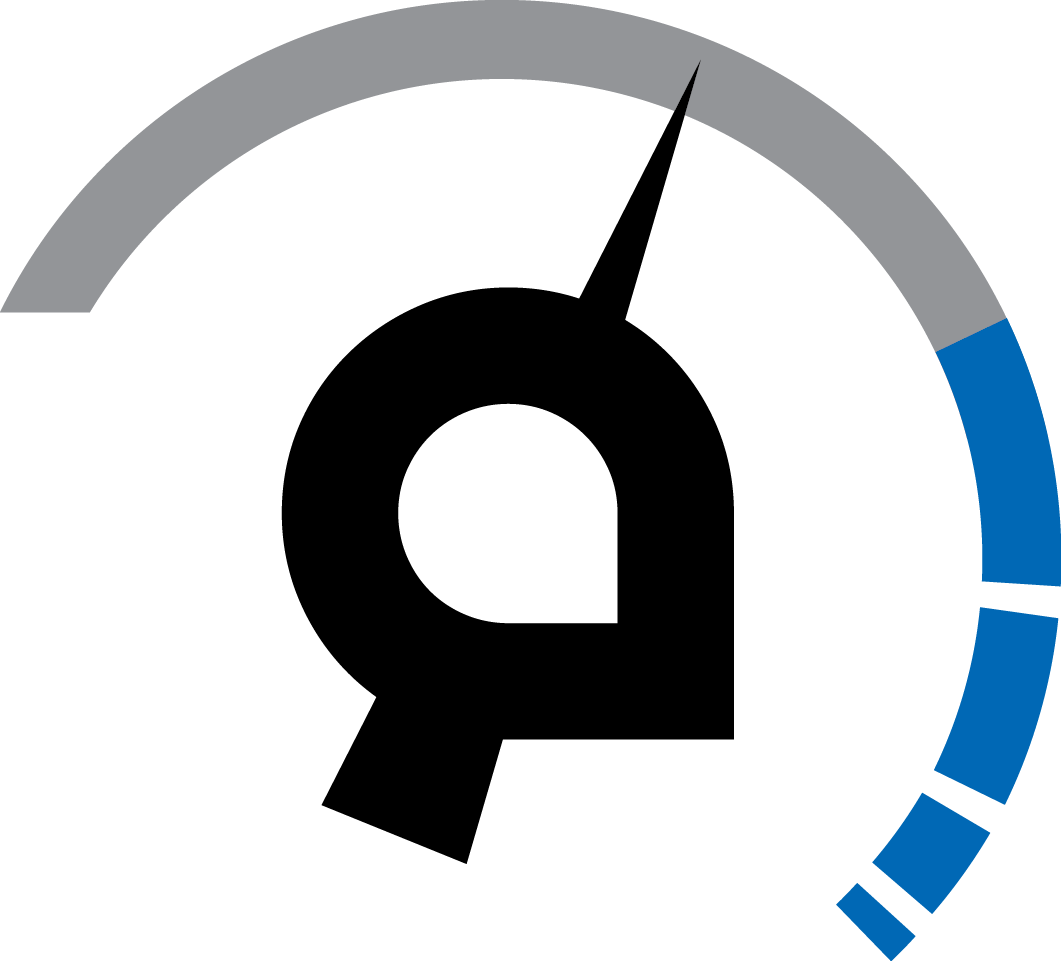About:
What is this?
FITeagle is a semantic- and microservices-based resource management toolkit for federated infrastructures, such as testbeds.
Our open-source toolkit is extensible by resource adapters and configured to run in a Docker-based WildFly environment. By adopting Semantic Web technologies and the Open-Multinet ontology it seamlessly provisions, monitors and controls arbitrary resources in infrastructures. To ensure interoperability with other technologies, we are following related standard APIs such as SFA or OpenStack. Further, we are publishing scientific results and follow clean code paradigms.
While the main focus in its initial developments have been set on Future Internet experimentation within federated testbeds, further fields of application include the management of Interclouds, the data collection and actuation in the Internet of Things or the orchestration of Virtualized Network Functions within Edge Computing environments for 5th generation mobile networks.











